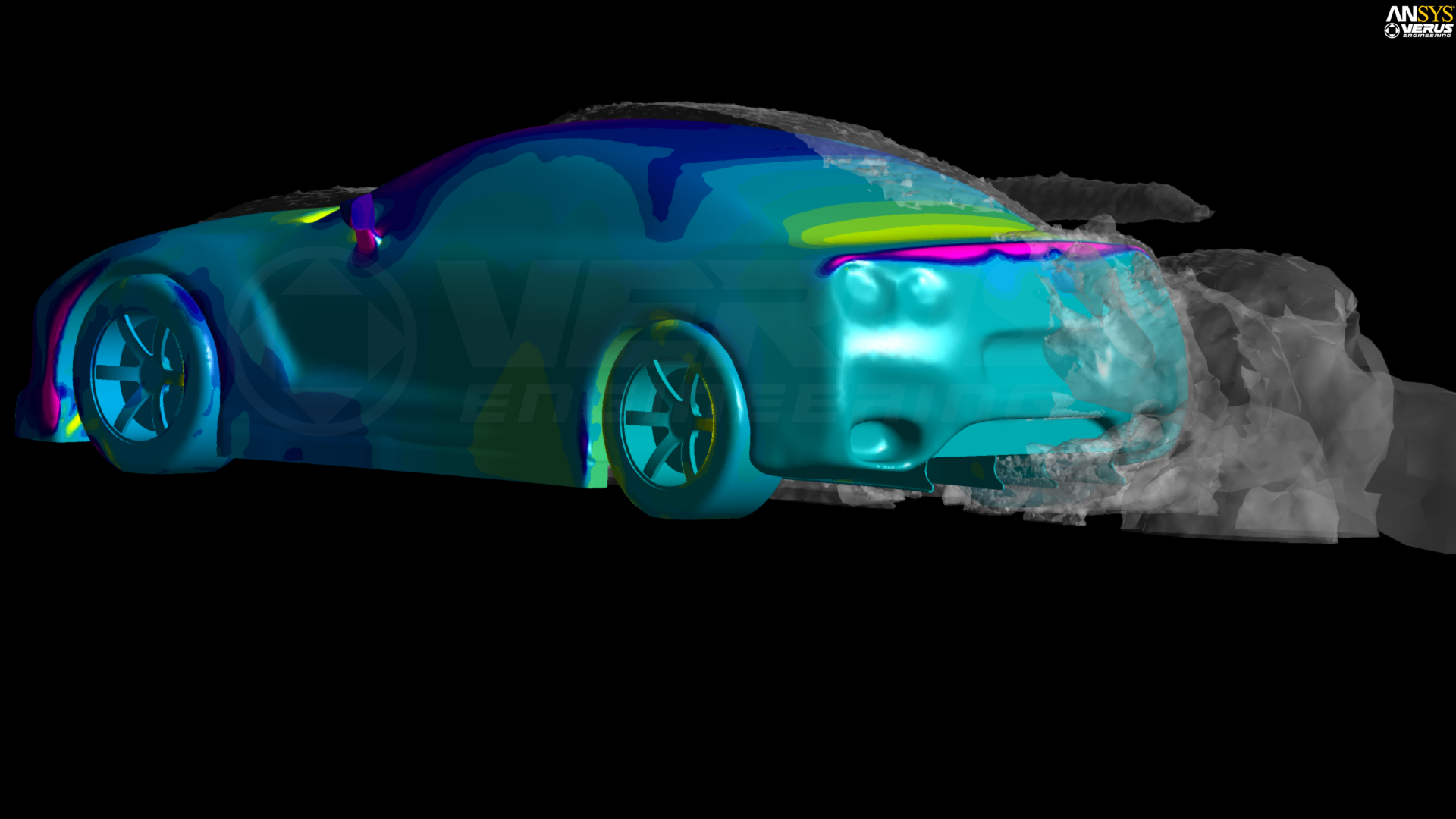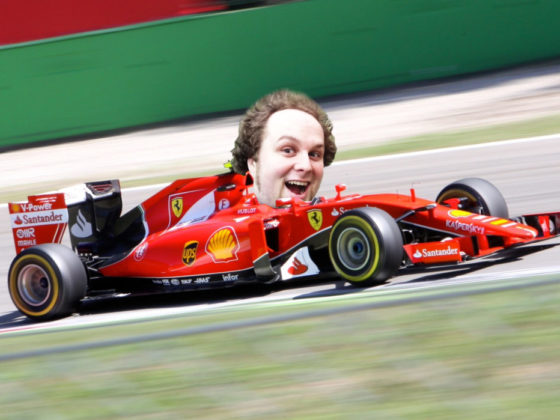,

Well, they are more aggressive than what an OEM would do but it is all functional.




Although we haven’t had a chance to do a track evaluation of the system, we drove the Verus Engineering aero aids around town and on an extended road trip. So far the belly pan has not caused any issues with under car heat even when driving pretty fast under load up the long I-5 Grapevine grade.
One thing we did notice is that believe it or not, we can actually feel the difference in aerodynamic drag! Going from .26 to .25 is a big difference, one that an OEM might spend a lot of dollars to engineer into a car. When driving fast on the highway and coasting down to a lower speed on flat ground, it now takes a long time for our car to bleed off speed. You end up having to use the brakes a lot more to slow the car instead of just lifting off the gas to maintain speed with the flow of traffic.
This means that this level of drag reduction has to have a positive impact on top speed and fuel economy. We have not been able to evaluate if the increase in downforce helps with lap times but we are sure it does.
We have only noted one negative issue with the Verus Engineering system, the strakes have extensions that trail the exit of the diffuser. These can drag on the ground when going down driveways. Verus Engineering has told us if we trim the ends off, it will reduce the effectiveness of the strakes by only about 5% so this is something we may decide to do later.
We are very excited about these completely functional aero additions and the fact that you can actually feel them work. We also like how that they are mostly invisible and don’t alter the cars looks. Most of all we like how they are designed using modern computational tools, something that most aftermarket aero parts completely lack.
Sources
Verus Engineering



